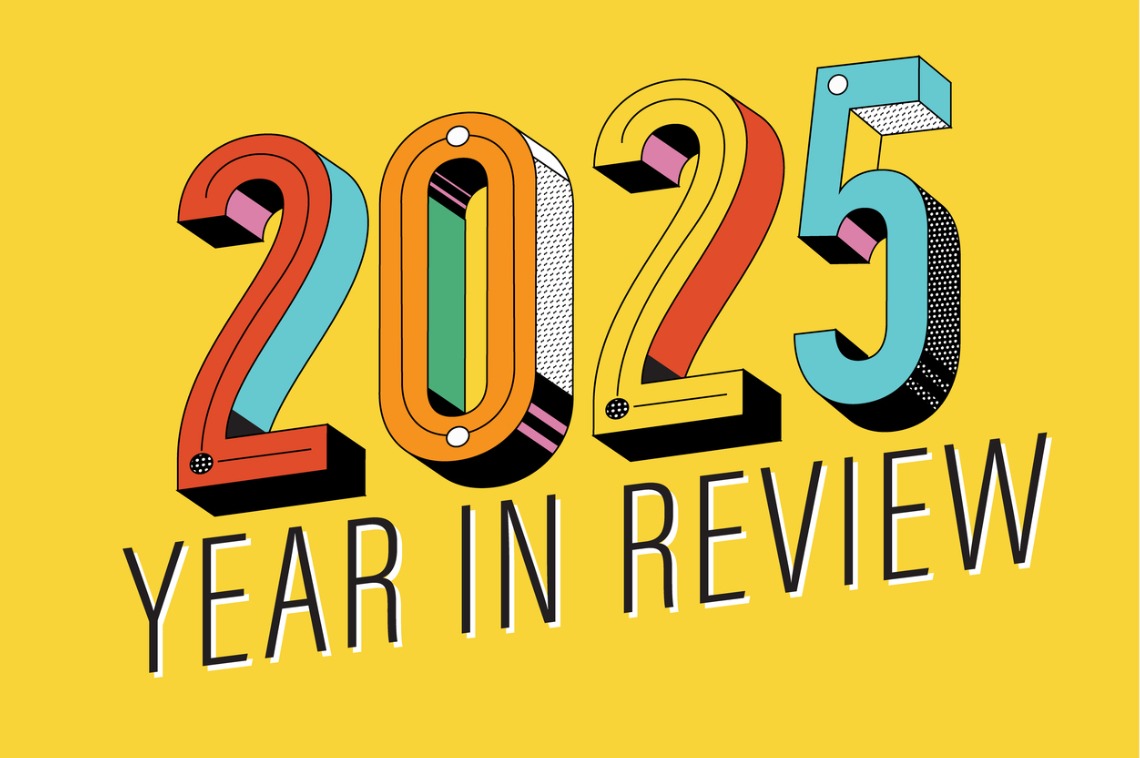B
YLINE: Katrina Nickell
Newswise – INDIANAPOLIS
The Indiana University Kelley School of Business Center for Real Estate Studies, together with the Indiana Business Research Center, has issued the Fall 2025 Kelley Real Estate Outlook. The biannual report blends academic research with industry insights, aiming to clarify today’s housing market for both scholars and practitioners.
Curated by Sara Heidtmann Coers, associate director of the Center for Real Estate Studies and Kelley lecturer, the Outlook includes summaries from several research institutions and a new Power Grid tool that aggregates key market metrics into a single, free resource. Coers stresses that the goal is to deliver data‑driven analysis in clear, actionable language, bridging the gap between research and real‑world application.
**FHA Loan Delinquencies**
Jun Zhu, a clinical associate professor of finance at Kelley, leads a study with the Urban Institute that tracks the sharp rise in Federal Housing Administration (FHA) loan delinquencies. FHA loans, designed to lower down‑payment barriers for first‑time buyers, saw delinquency rates climb from 3.7 % in mid‑2024 to 4.8 % by February 2025.
Zhu argues that the increase is not due to relaxed lending standards or falling home prices, as commonly assumed. Instead, it reflects a broader affordability crisis: inflation outpaces wage growth, eroding families’ emergency savings; delinquency rates have risen across auto loans, credit cards, and buy‑now‑pay‑later products; and additional pressures—frequent natural disasters, soaring insurance premiums, and rising property taxes—compound the strain, especially for newer homeowners.
Despite these challenges, the report notes that the current environment differs from the 2008 crisis. Enhanced foreclosure‑prevention tools and a robust FHA insurance fund provide safeguards against systemic risk.
**Builders’ Perspective**
Chris Hancock, CEO of the Builders Association of Greater Indianapolis (BAGI), offers a contrasting view of new‑home construction. While national data shows a slowdown, Central Indiana’s nine‑county Indianapolis region reports a 6 % year‑over‑year increase in single‑family building permits for June 2025, and a 6 % rise in total permits filed through mid‑2025 compared to the same period in 2024.
Hancock highlights persistent hurdles: supply‑chain delays, escalating land development costs, and labor shortages. Even with stabilized home prices, affordability remains the chief concern, driven by higher labor and material costs and tighter lending conditions. He calls for collaboration among builders, policymakers, and community leaders to sustain Central Indiana’s dynamic housing market.
**Outlook Summary**
The Fall 2025 Kelley Real Estate Outlook serves as a roadmap for understanding the forces shaping Indiana’s housing market and beyond. By marrying rigorous academic research with practical industry commentary, it equips real‑estate professionals with the insights needed to navigate today’s complex landscape.












